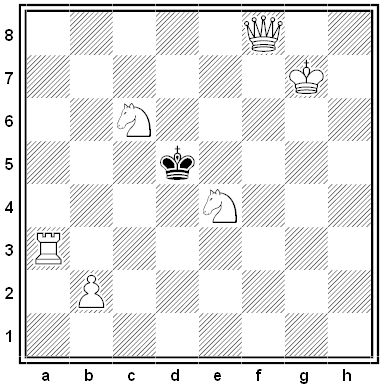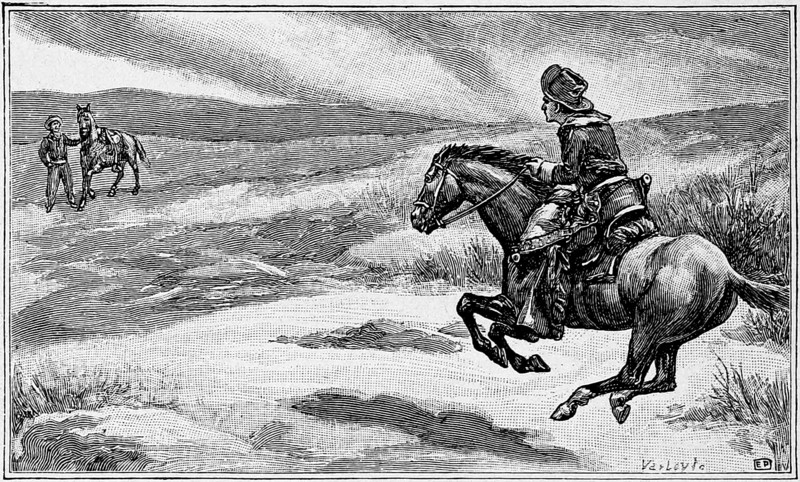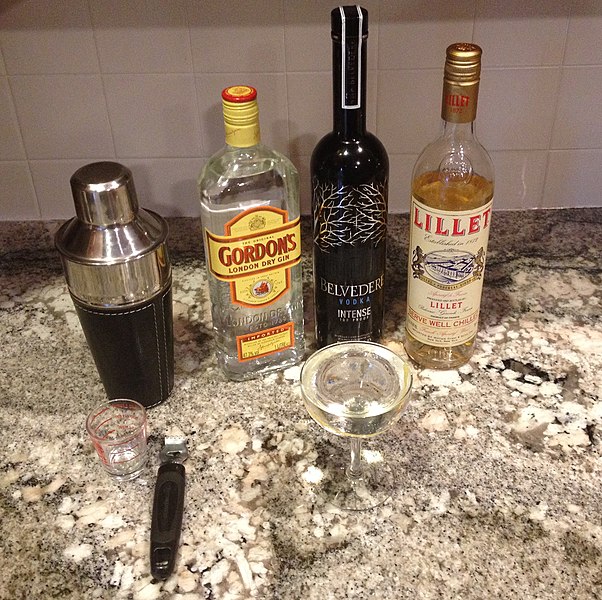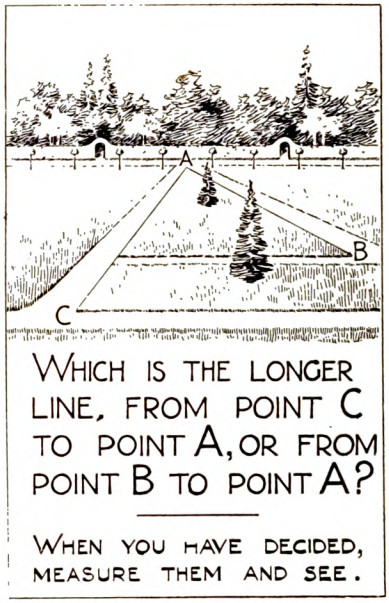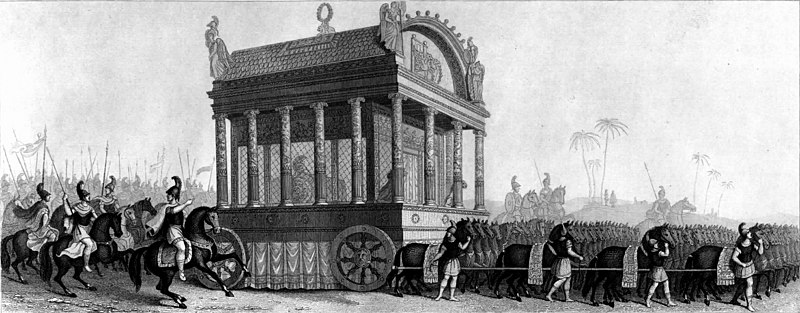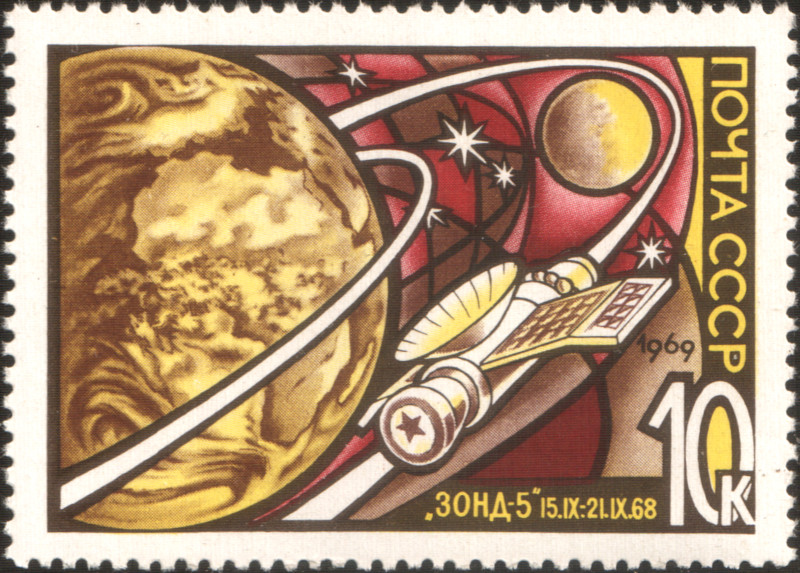
On September 19, 1968, as the Soviet Union’s Zond 5 spacecraft was circling the moon, Jodrell Bank Observatory and the CIA were shocked to intercept the voices of cosmonauts Valery Bykovsky, Vitaly Sevastyanov and Pavel Popovich reading out telemetry and computer data and even discussing the prospect of a landing. The Zond mission had been thought to be uncrewed; now it sounded as though the Soviets might beat the United States to a moon landing. Apollo 17 astronaut Eugene Cernan said that the incident “shocked the hell out of us.”
It was a hoax. Popovich recalled later, “When we realized we would never make it to the moon, we decided to engage in a little bit of hooliganism. We asked our engineers to link the on-the-probe receiver to the transmitter with a jumper wire. Moon flight missions were then controlled from a command centre in Yevpatoria, in the Crimea. When the probe was on its path round the Moon, I was at the center. So I took the mike and said: ‘The flight is proceeding according to normal; we’re approaching the surface …’ Seconds later my report — as if from outer space — was received on Earth, including [by] the Americans. The U.S. space advisor Frank Borman got a phone call from President [Johnson], who asked: ‘Why is Popovich reporting from the moon?’ My joke caused real turmoil.
“In about a month’s time. Frank came to the USSR, and I was instructed to meet him at the airport. Hardly had he walked out of his plane when he shook his fist at me and said: ‘Hey, you, space hooligan!'”

